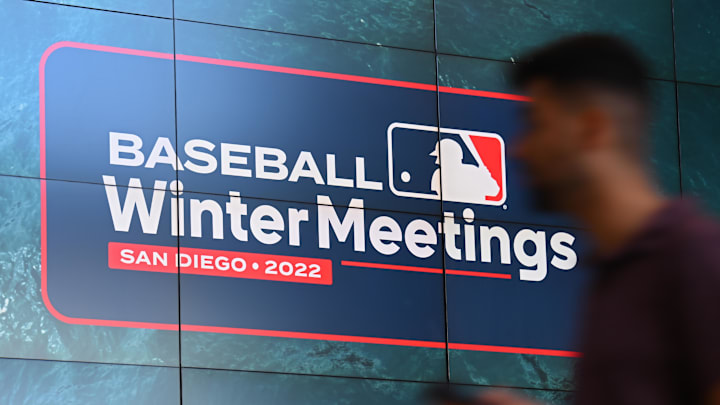Hyun-Jin Ryu
You know how I just said that Miley fits what Ben Cherington likes to a T, and I was surprised the Pirates have not signed him yet? Well, I think the same can be said about Hyun-Jin Ryu. Ryu is another soft-tossing veteran lefty, which again, I am shocked the Pirates haven’t at least kicked the tires on him yet.
Ryu only pitched 50.2 innings, but was decent, working to a 3.46 ERA, 4.91 FIP, and 1.29 WHIP. The South Korean lefty only had a 17% strikeout rate, but had a phenomenal 6.3% walk rate. Home runs, however, gave Ryu some trouble as he clocked in with a 1.56 HR/9 rate. However, Ryu had an 87.8 MPH exit velocity, a 7.6% barrel rate, both of which were almost identical to Miley, as well as a 16.4% HR/FB ratio, which was 4.4% higher than his career average.
